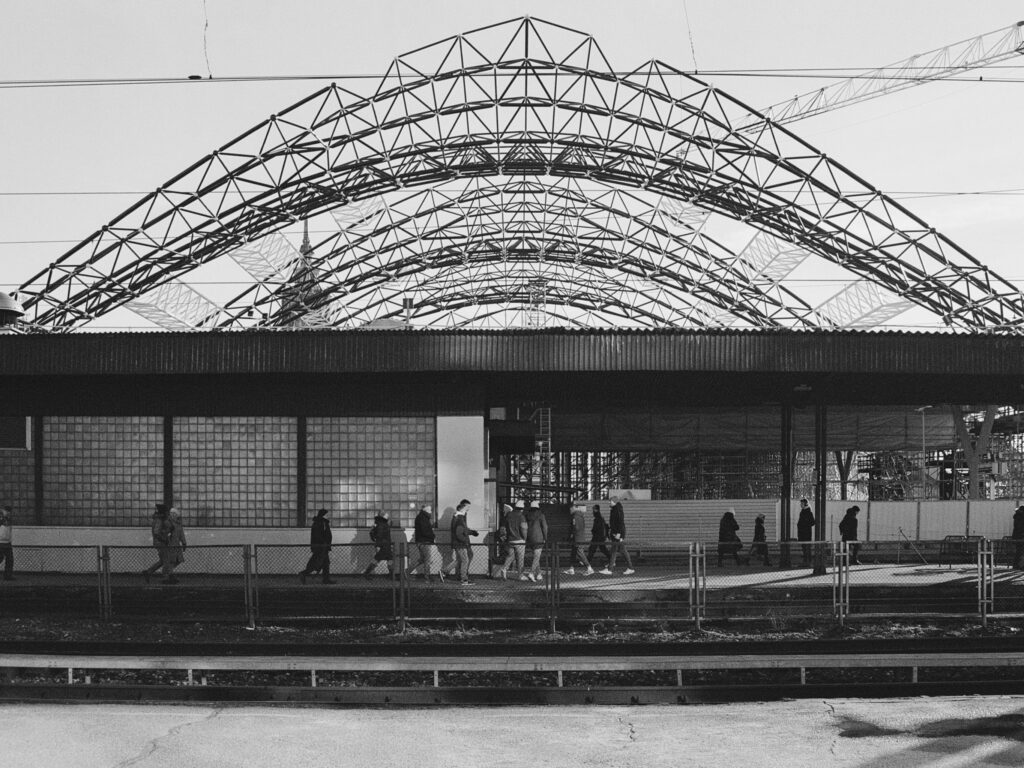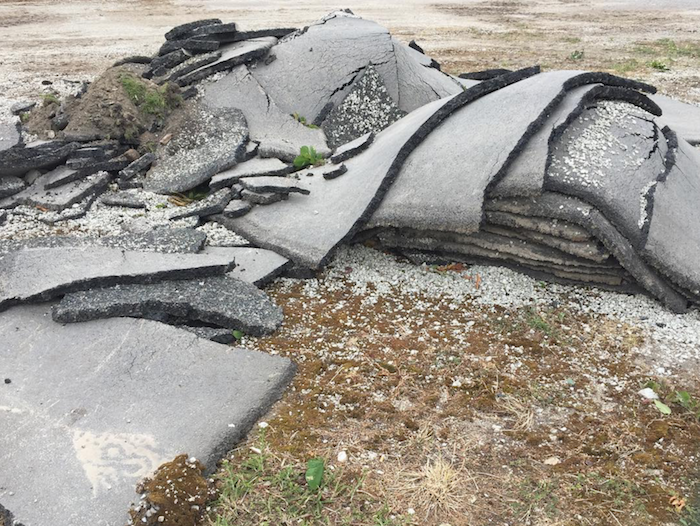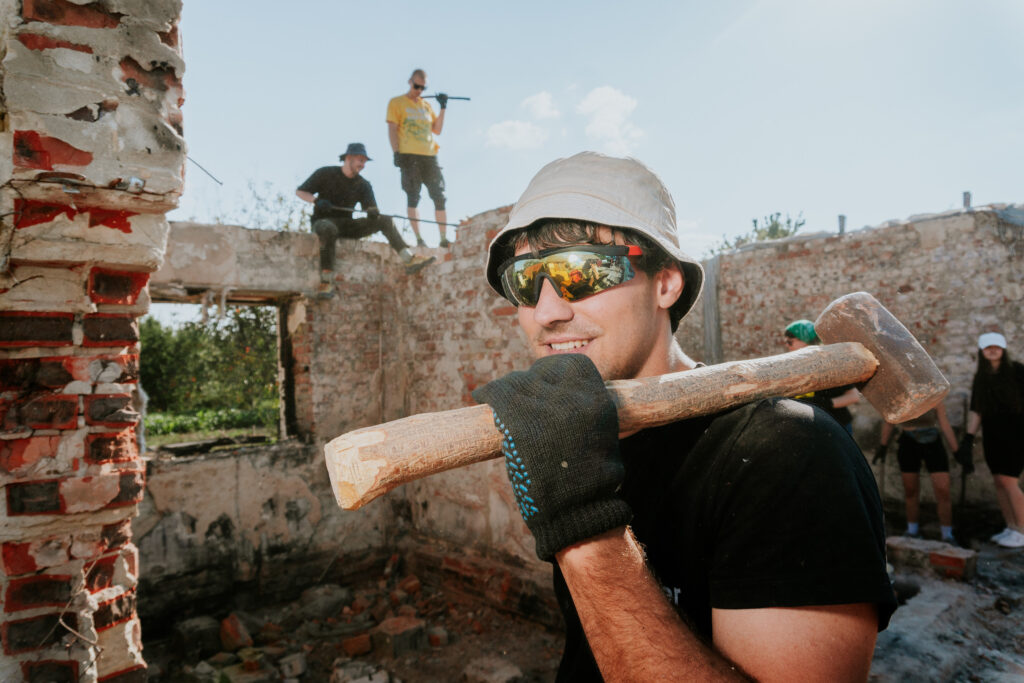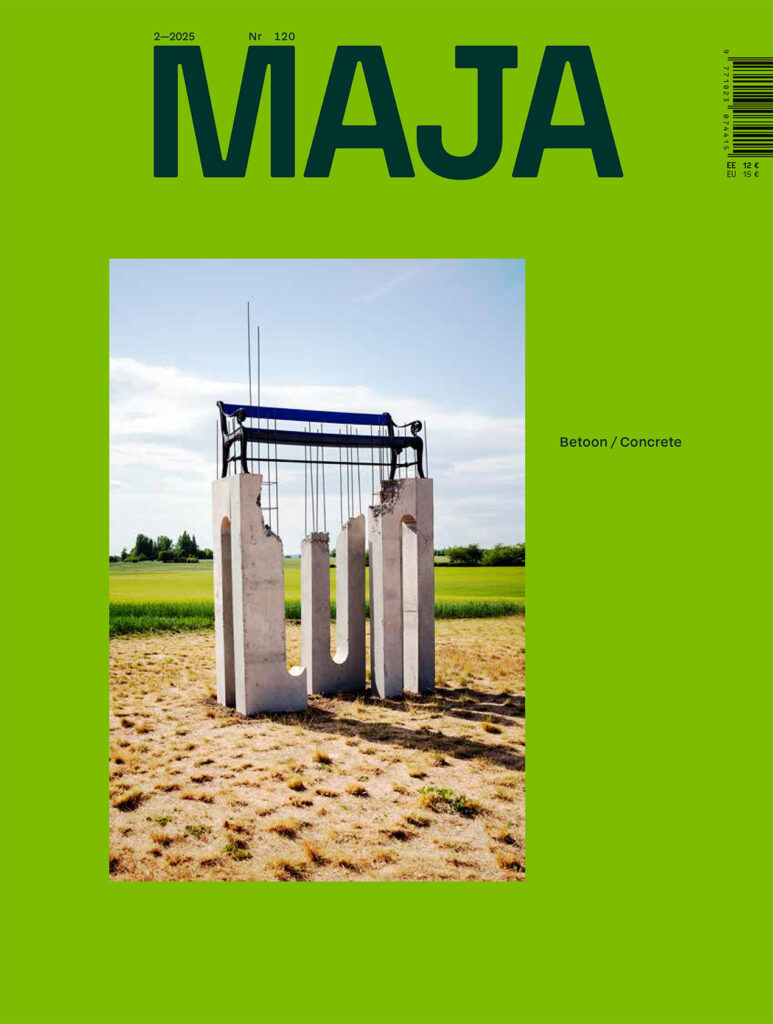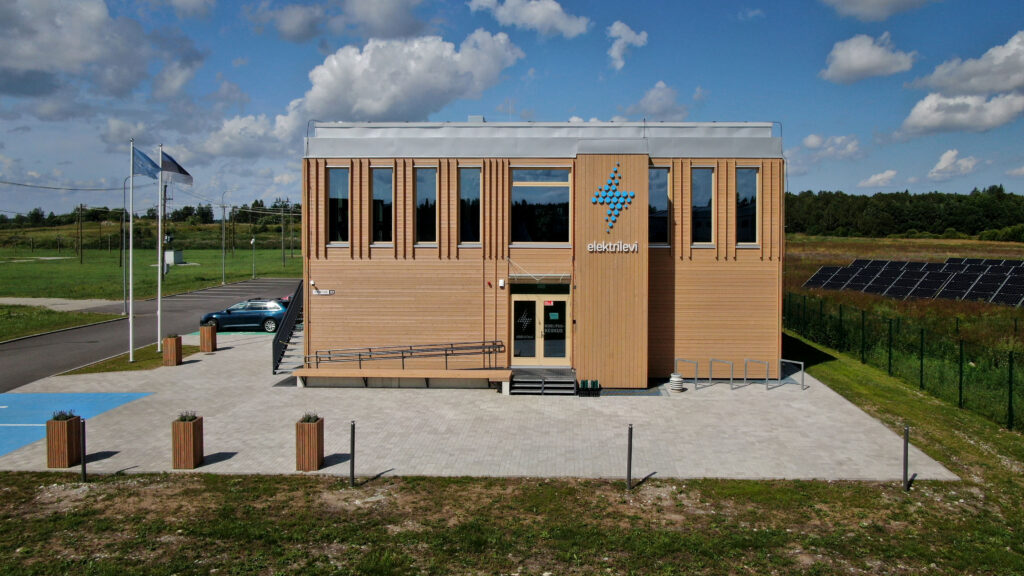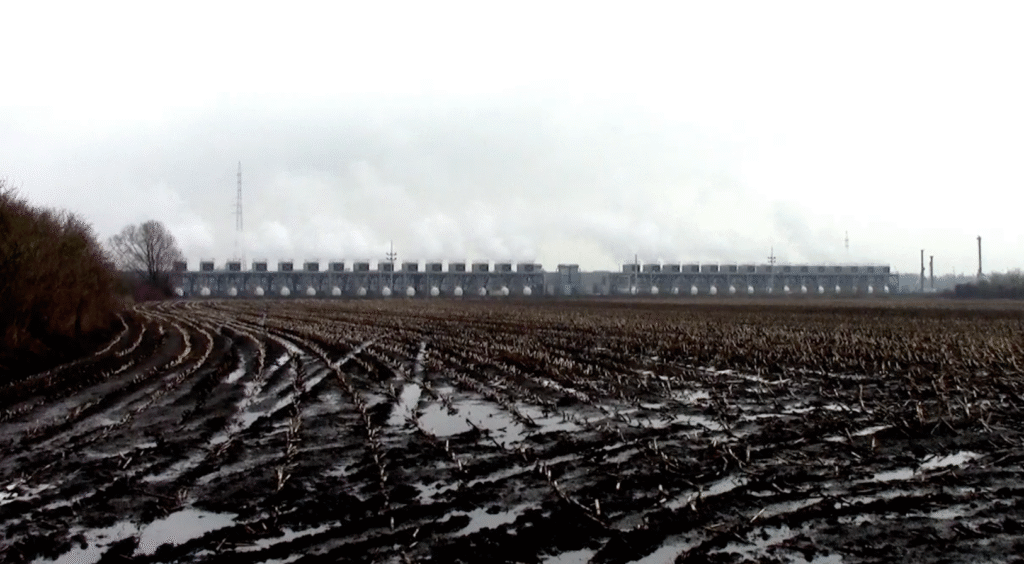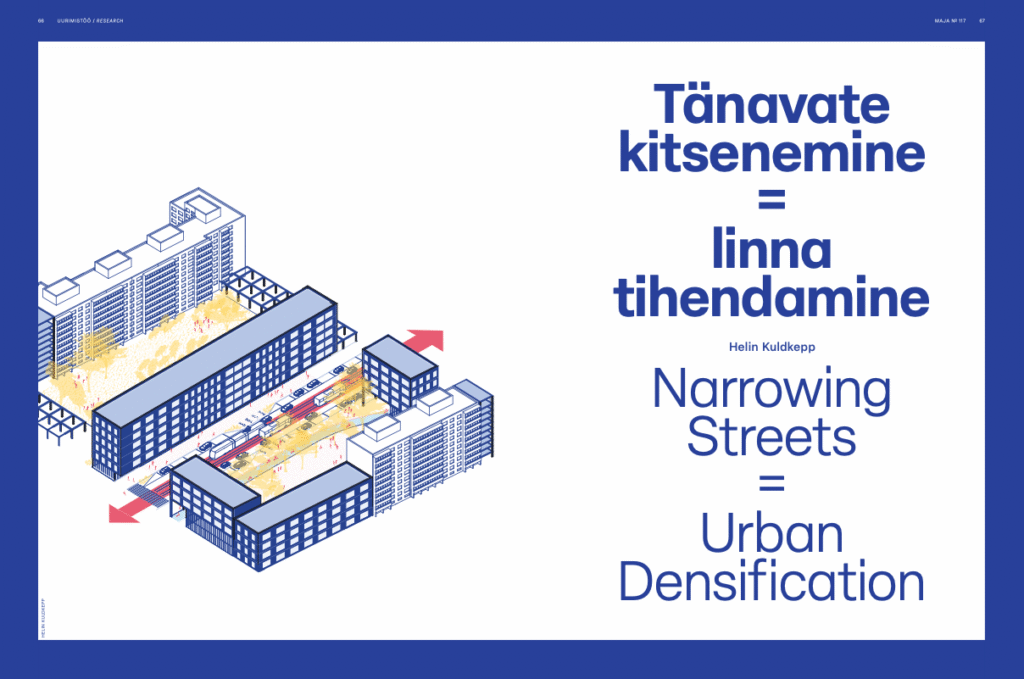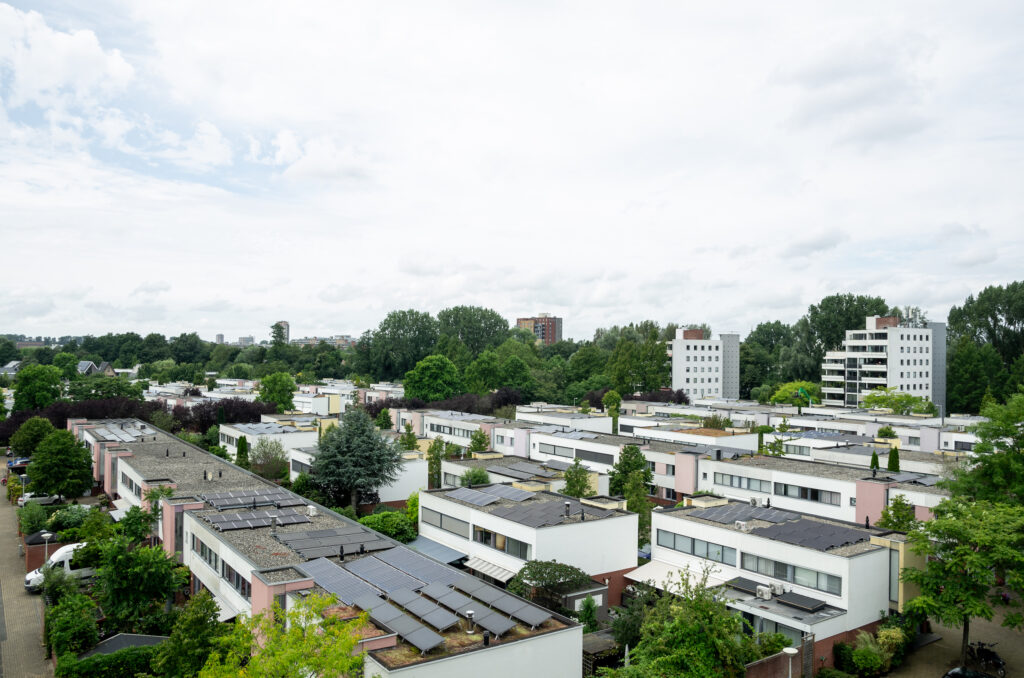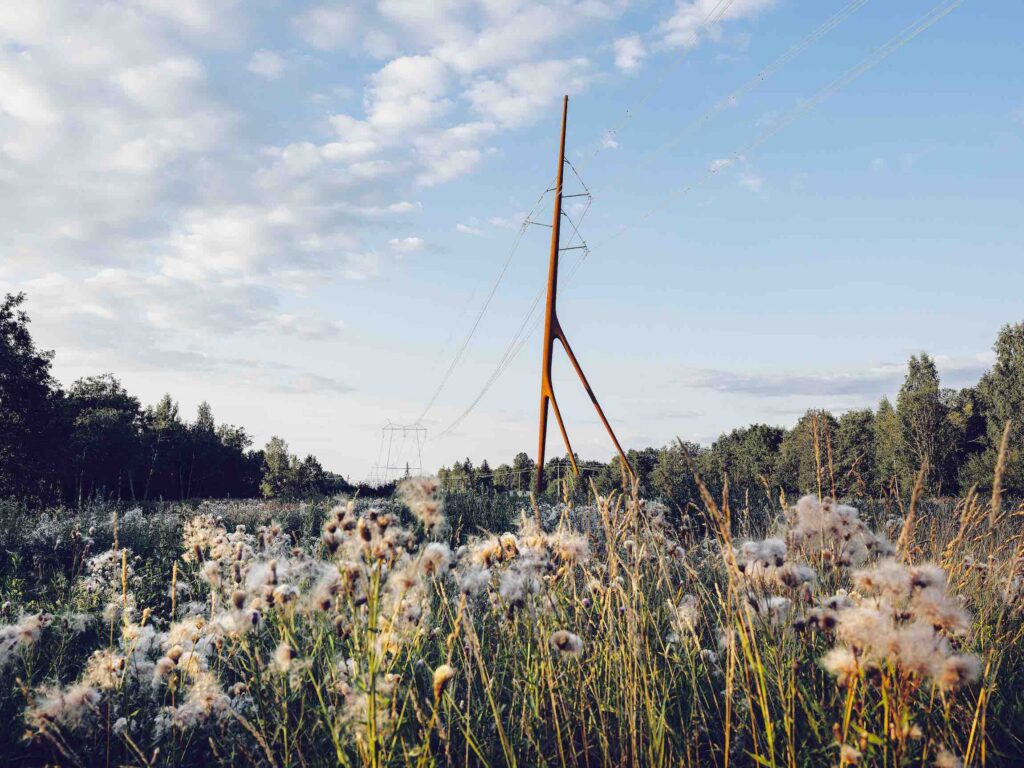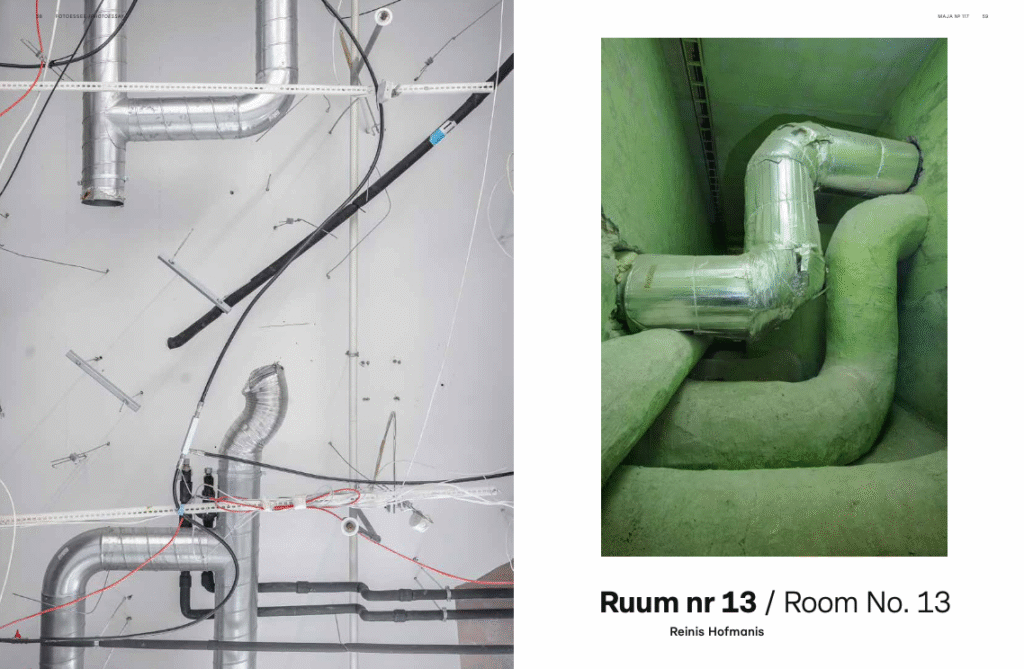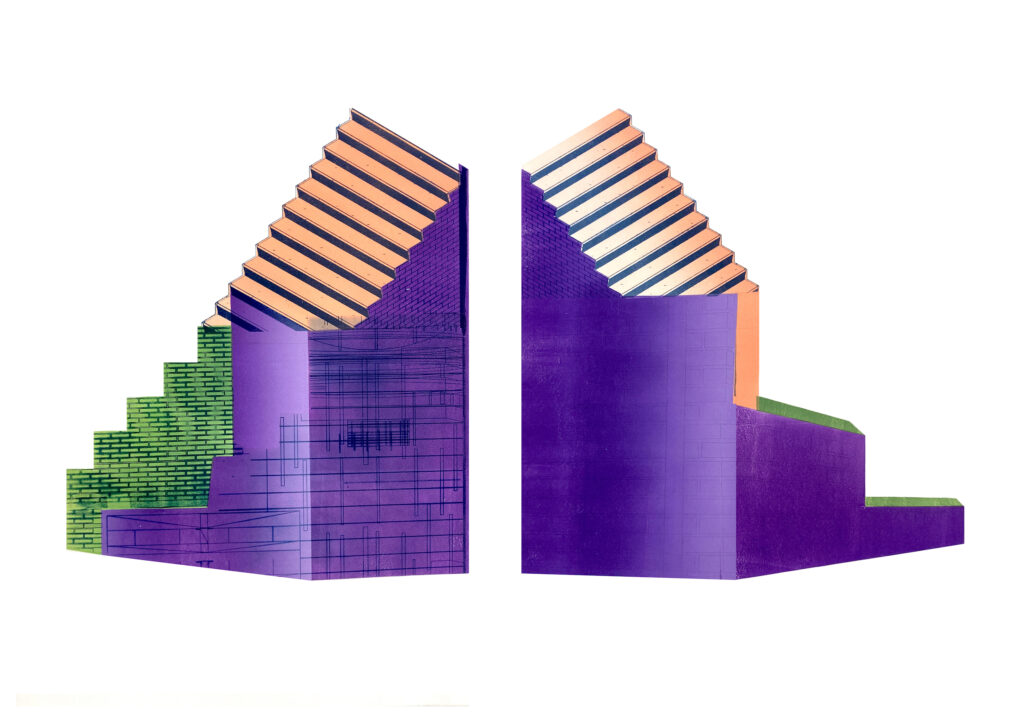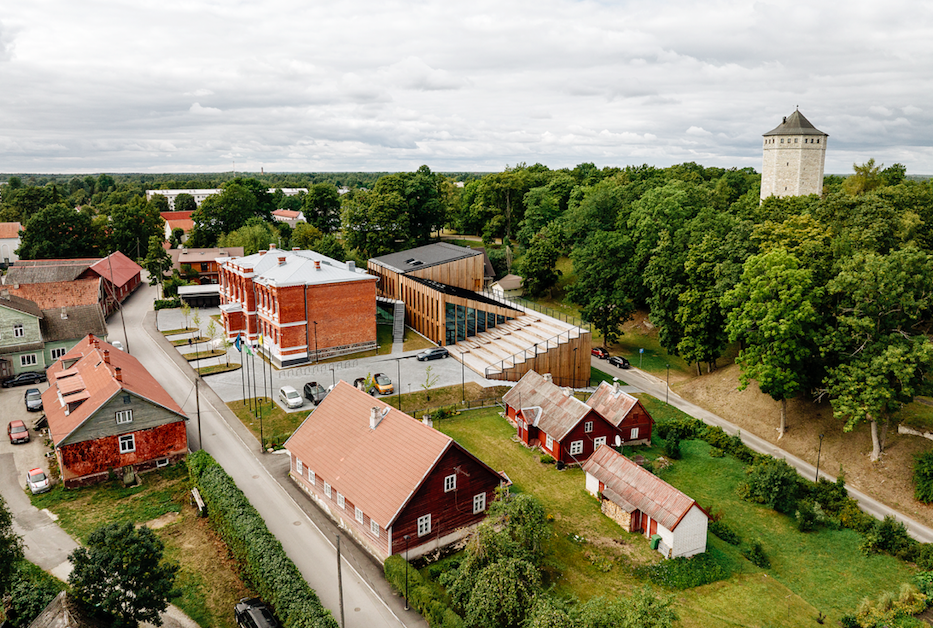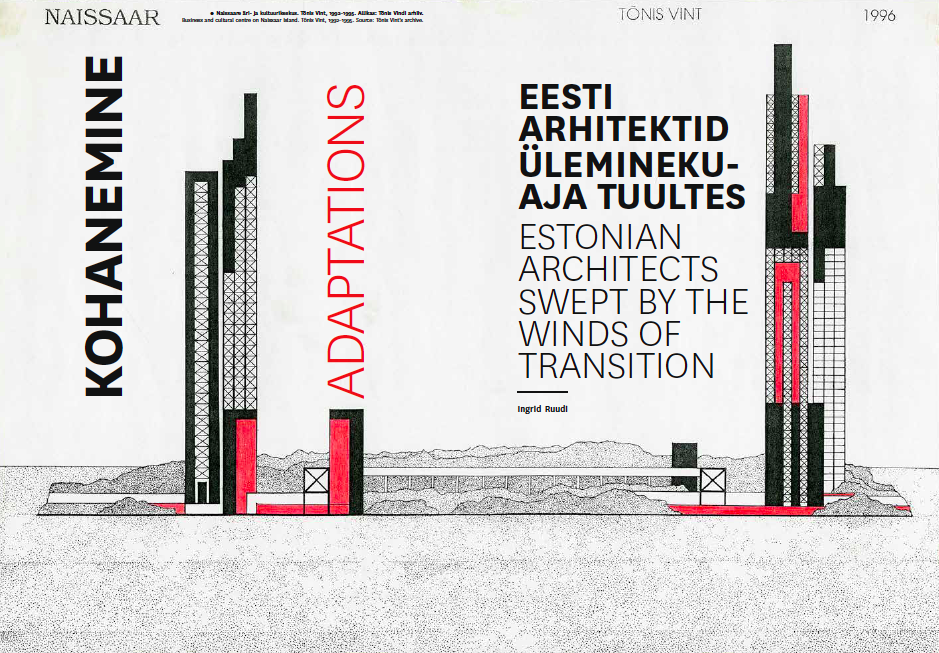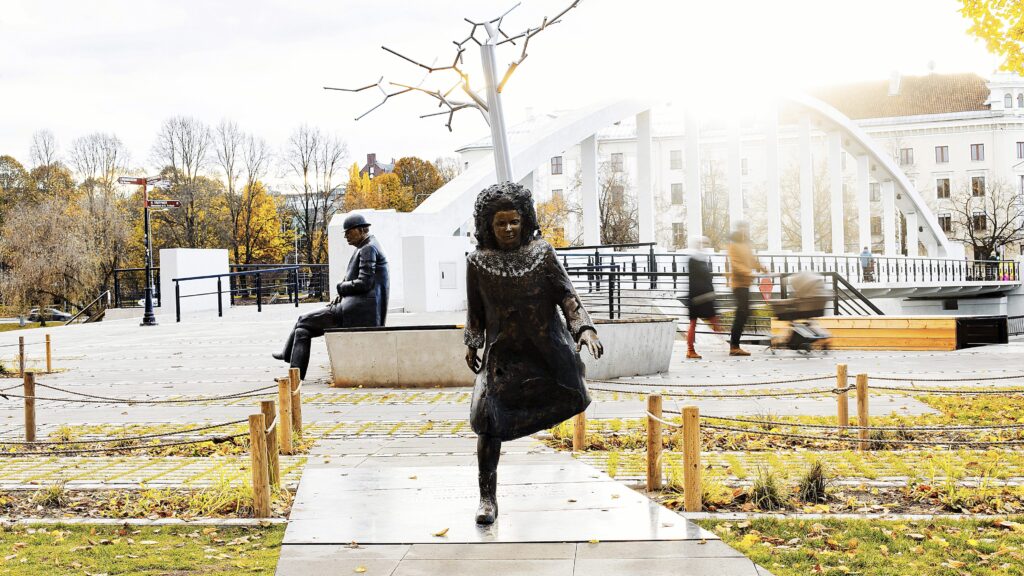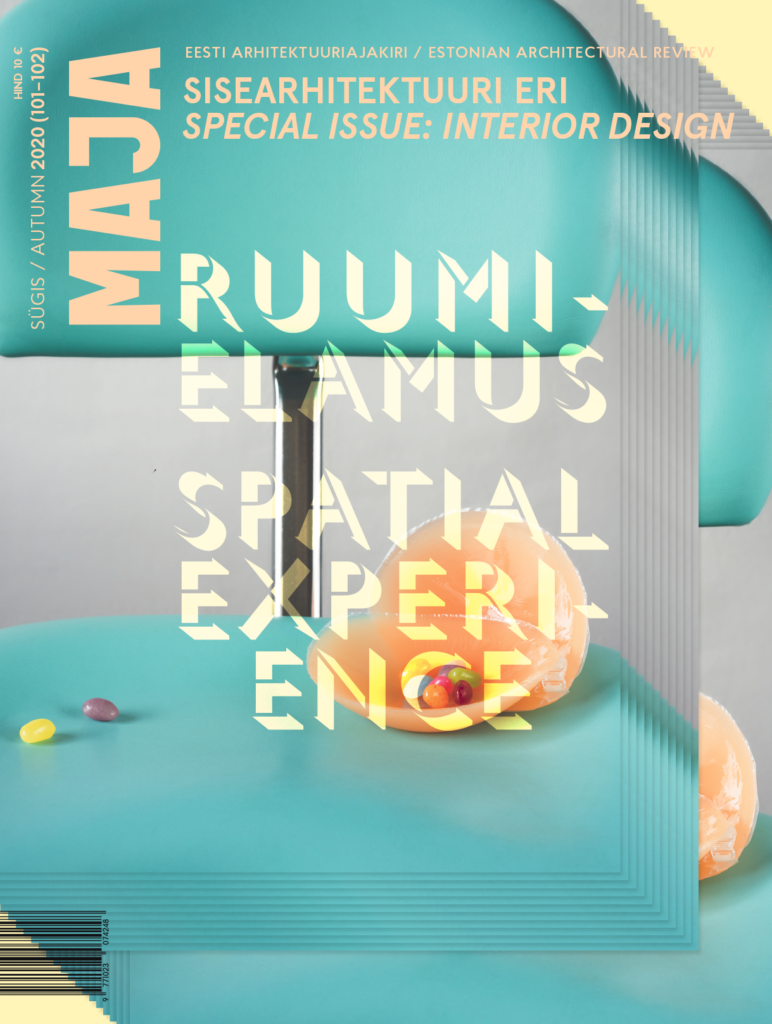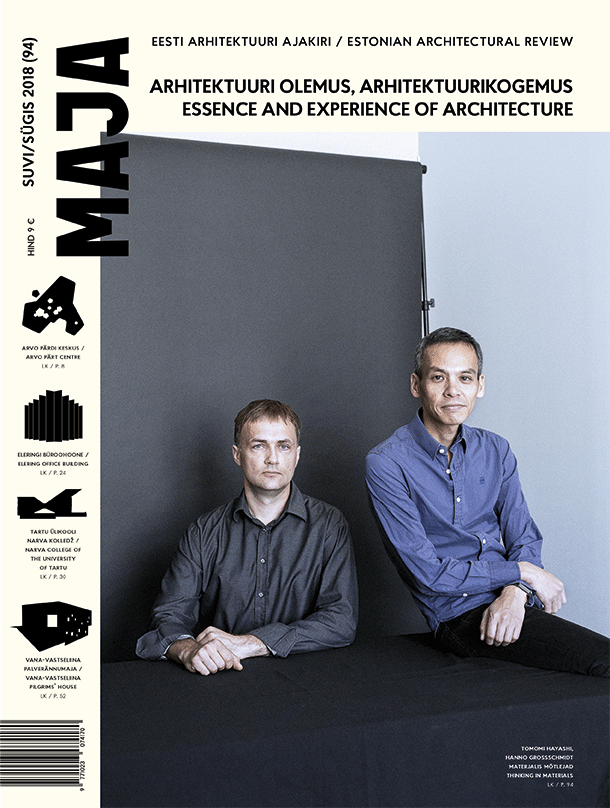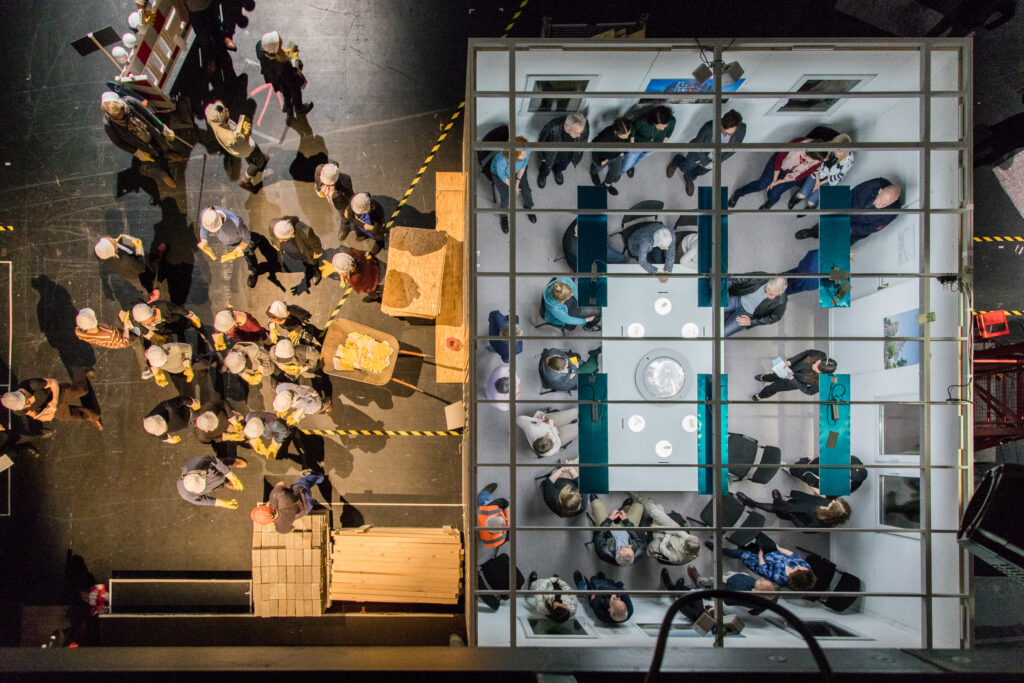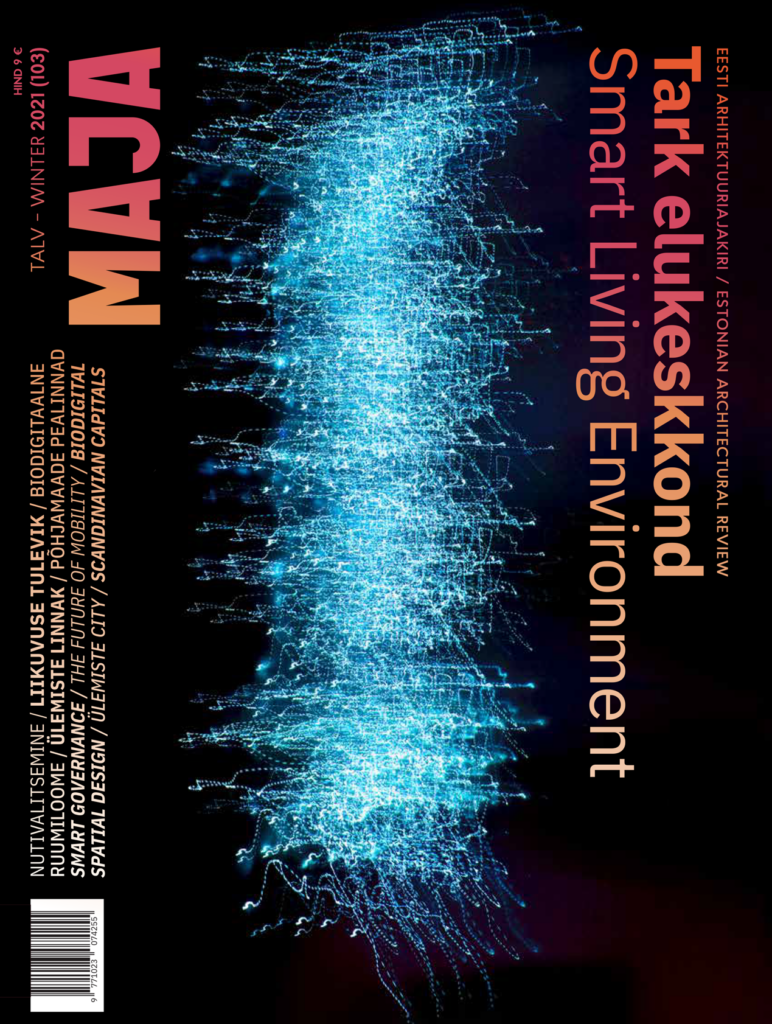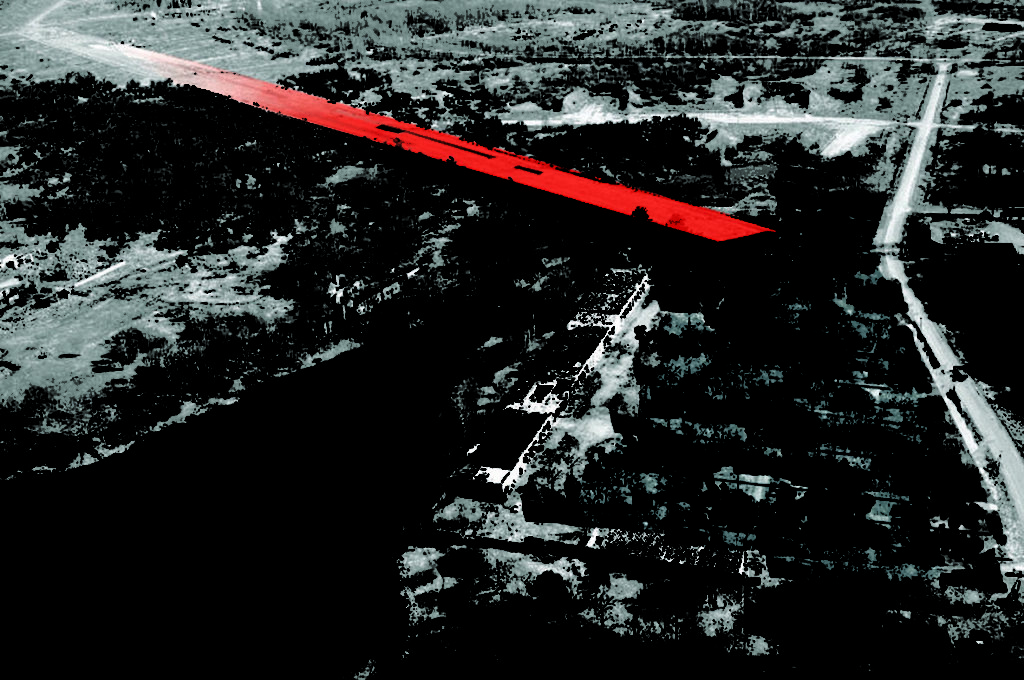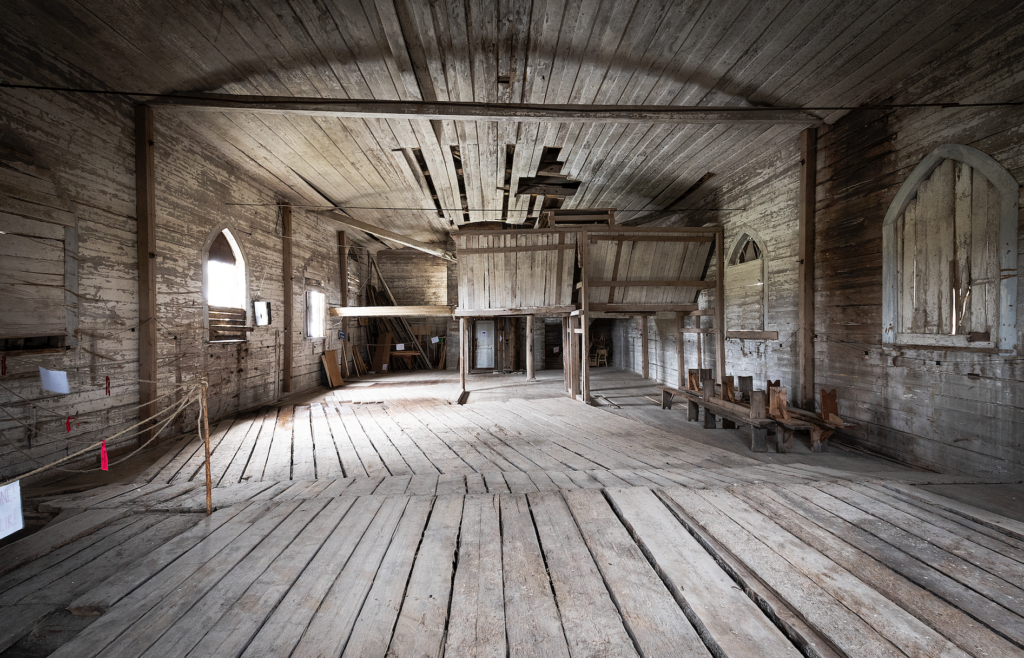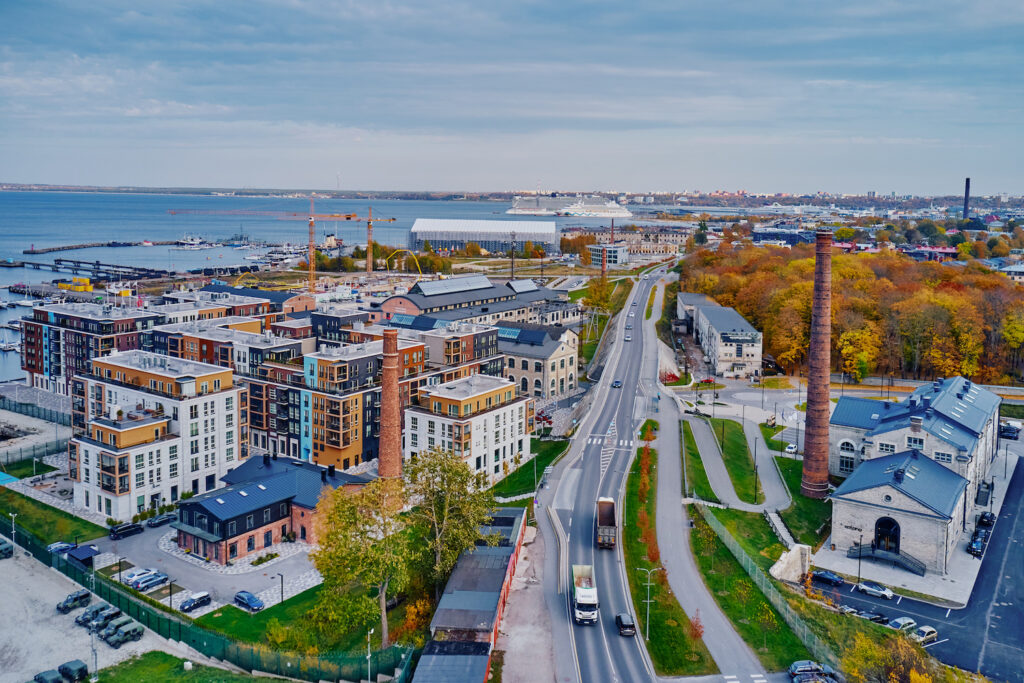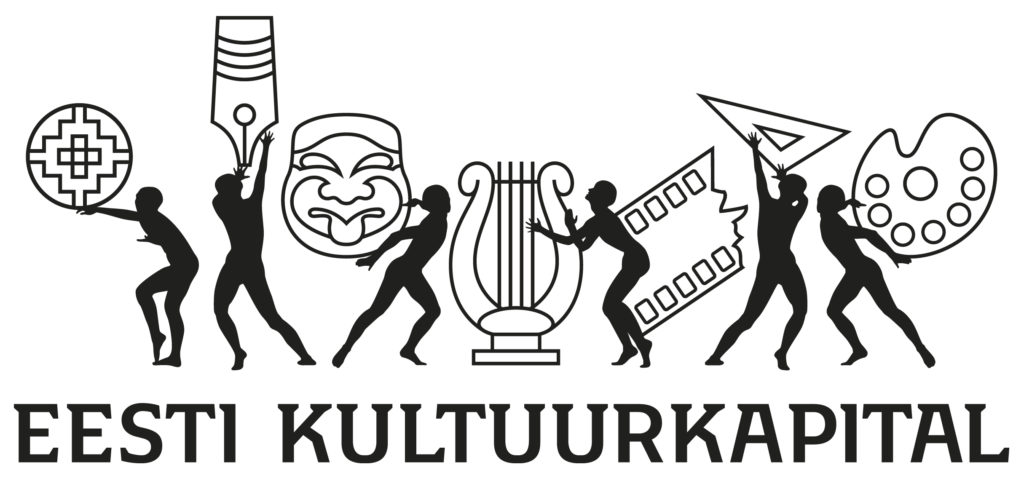Authors ask: how to talk about a railway that currently exists only in our imagination, but is nonetheless very present in our daily lives?
Infrastructure qua base structure underlies or serves the superstructure. Superstructure must take into account the load-bearing capacity of the base and must not exceed it. The variety of connections and dependencies gives rise to sustainable and resilient bio- diversity, whereas simplifying it makes life vulnerable.
In contemporary discourse, the term 'infrastructure' typically conjures images of roads, bridges, and utilities—physical systems essential to the functioning of our societies. However, the concept of infrastructure can be extended beyond its tangible form to encompass networks of care, healing, and empathy. As a community initiative, an ‘infrastructure of care’ transcends mere functionality, weaving connections that nurture the human spirit and foster collective healing.
ARCHITECTURE AWARDS

The nostalgic image of an architecture office full of drawing boards and rapidographs is alien to the generation born after the restoration of Estonian independence. We began our architecture studies by acquiring basic computer skills and then boldly plunged into the world of 2D and 3D, visualisation and BIM design.
‘Crystal Computing (Google Inc., St. Ghislain)’ is a video-based investigation of Google’s data centre in Saint-Ghislain, Belgium.
Maxime Cunin of Superworld writes about designing infrastructure of and for sharing.
Antoine Picon is the G. Ware Travelstead Professor of the History of Architecture and Technology at the Harvard Graduate School of Design and chair of the PhD program in architecture, landscape architecture, and urban planning. In addition to his activities in Boston, he is closely connected to Tallinn and the Estonian Academy of Arts, where Antoine Picon supervises PhD students and advises the Faculty of Architecture. Recently, the university awarded him an honorary doctoral degree—Doctor Honoris Causa—for your achievements and support.
A decade ago, the city of Tallinn organised an idea competition for innovative solutions. The sea tram idea earned a prize and a place on Tallinn’s roadmap of innovative ideas. Its author, Villem Tomiste, sketches the opportunities arising from this potential infrastructure.
Me oleme loonud tohutud süsteemid ja võrgustikud – globaalne majandus, õigus, transport, energeetika, toit –, mida tehnosfääri masinavärk töös hoiab. Taristus on ilmselged struktuursed vead, mis koormavad meie planeeti ning mida üritatakse nn rohepoliitikaga lappida.
Photo essay about man-made infrastructure that shapes our public spaces.
Where is the line between genuine development and pointless construction? How to use concrete reasonably rather than wastefully? In what form should concrete figure in contemporary architecture?
No more posts
Editors' choice
What kind of relationship between a space and its surroundings would help to avoid the objectification of space—i.e., treating buildings or areas as sculptures or fully controllable objects?
Paide State Secondary School is an excellent example of the mutually complementary dialogue between a historical space and contemporary architecture.
Little was built following the re-establishment of Estonian independence in the early 1990s, however, the debates held and practices established largely came to set the foundations for the dominant issues in the architectural field in the past decades.
What kind of relationship between a space and its surroundings would help to avoid the objectification of space—i.e., treating buildings or areas as sculptures or fully controllable objects?
No more posts
Most read
The monument dedicated to Lydia Koidula and Johann Voldemar Jannsen near the Arch Bridge in Tartu may be discussed primarily in two respects – in terms of sculptures and landscape architecture. The memorial square strives for the human-scale but how successful is it?
This issue of Maja is dedicated to the 30th anniversary of the Estonian Association of Interior Architects.
The seventh Oslo Architecture Triennale, themed ‘ENOUGH – Architecture of Degrowth’, took place in the autumn of 2019. It was curated by Maria Smith, Matthew Dalziel, Phineas Harper and Cecile Sachs Olsen from the transdisciplinary architecture and engineering practice Interrobang. The triennale focused on architecture that stems from reflecting on social relations rather than the pursuit of profit.
Smart cities are not merely for people and robots. Due to climate change and biodiversity decline, the combination of the physical and the digital is increasingly related to the needs of all species. Combining the natural and built worlds can be assisted by biotechnology, for instance, the use of bioreactors as a source of energy and by the smart application of landscape data in urban design, for instance, by means of biodigital twins or augmented reality. It shifts our perspective and poses the most critical and intriguing challenge of a smart living environment—how to adopt a life-centred rather than human-centred approach.
The following text is an attempt to conceptualize the architecture of the new Estonian National Museum building as a process. The focus of the article lies not so much on what the museum’s architecture is as on what it does. The individual user’s experience is not in the spotlight, but rather Estonian history. So, let’s ask ourselves, what does the museum’s architecture do with Estonian history?
The reconstruction of buildings under heritage protection and providing them with new content is one way to make a small borough known and alive again.
Living close to water is good for our health: it reduces the risk of premature death, obesity, and has a generally restorative effect on people’s mental and physical health. 1 In the city, water is often so near, yet so far. Did you know there are more canals in Birmingham than there are in Venice, but people have been separated from the water by bad urban space? Tallinn has a long coastline but there are very few places in the centre where you can access the sea at all.
No more posts
The monument dedicated to Lydia Koidula and Johann Voldemar Jannsen near the Arch Bridge in Tartu may be discussed primarily in two respects – in terms of sculptures and landscape architecture. The memorial square strives for the human-scale but how successful is it?
No more posts

